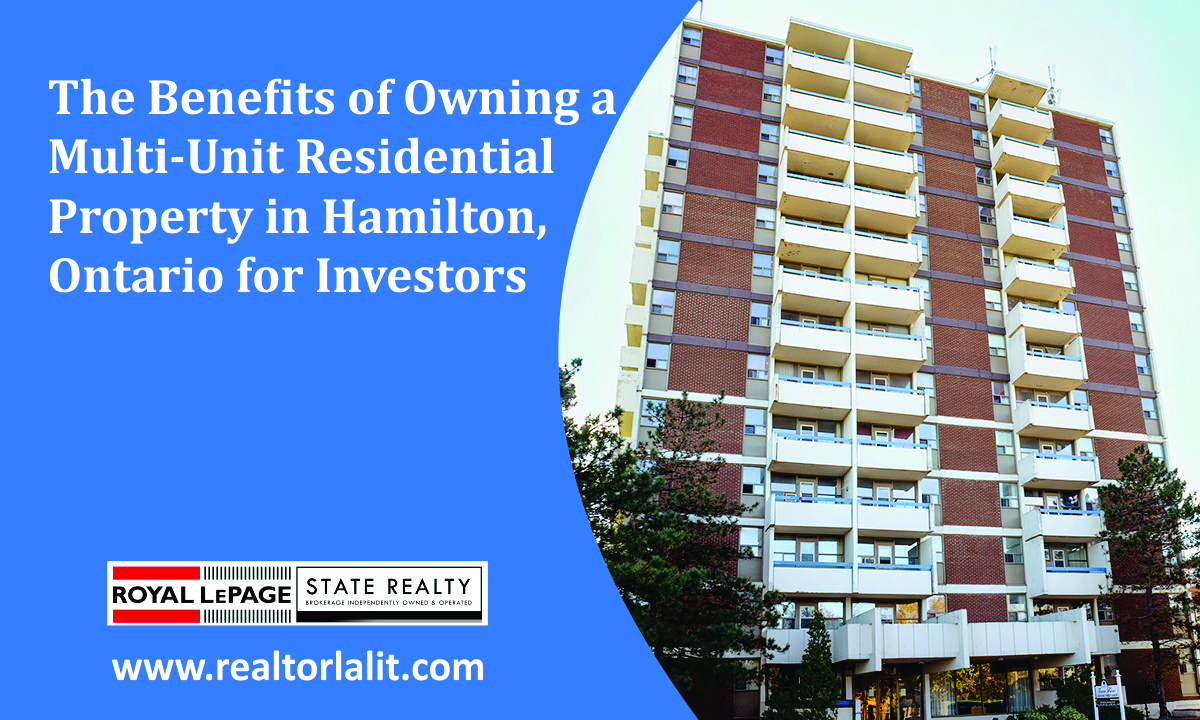Navigating the 2025 Housing Market: The Impact of Bank of Canada Interest Rate Decisions on Hamilton, Stoney Creek, and Niagara Region
As we approach the second quarter of 2025, the Bank of Canada's (BoC) decisions regarding interest rates are playing a crucial role in shaping the real estate landscape across Ontario. Cities like Hamilton, Stoney Creek, and the Niagara Region are expected to experience distinct changes in their housing markets due to these decisions. Understanding the implications of these adjustments is vital for homebuyers, investors, and sellers alike, particularly in an era marked by economic uncertainty and fluctuating interest rates.
Understanding the Bank of Canada's Monetary Policy and Economic Outlook
The Bank of Canada sets its interest rates based on economic conditions in an effort to control inflation and stabilize the economy. In the past few months, the BoC has made significant adjustments to these rates in response to a sluggish post-pandemic recovery and global economic instability. As of December 2024, the BoC reduced its benchmark interest rate by 175 basis points, bringing it to 2.5%. This policy move was designed to stimulate consumer spending, increase business investment, and encourage borrowing, all of which are critical for boosting economic growth and sustaining the housing market.
Economic Performance in 2024 and Its Effects on Housing
In 2024, Canada's economy showed signs of strength despite the global challenges. The GDP growth rate in Q4 2024 was a surprise to many, coming in at 2.6% year-over-year, surpassing analysts' expectations. According to Reuters and the Bank of Canada, this growth was driven by robust consumer spending and investments in technology and infrastructure. The BoC's interest rate cuts were effective in boosting short-term growth, especially in sectors directly related to consumer goods and services.
In the context of housing, this economic growth has helped mitigate some of the slower market conditions that were expected due to the higher interest rates that characterized earlier parts of the year. In other words, while interest rates are important, overall economic recovery and low unemployment rates help offset their negative impact on housing activity.
Impact of Bank of Canada Interest Rate Changes on the GTA Housing Market
The Greater Toronto Area (GTA), which encompasses Hamilton, Stoney Creek, and the surrounding Niagara region, is seeing a mixed response to the BoC's interest rate cuts. According to the Toronto Regional Real Estate Board (TRREB), the market experienced a decline in sales activity in late 2024, following a surge in home buying earlier in the year.
December 2024 saw home sales drop by 43% from November, marking the lowest level since July of the same year. However, the average selling price remained relatively steady, with a minimal year-over-year decrease of just 1%. The average price of a home at the close of 2024 stood at approximately $1,117,600. Despite this, the TRREB has projected a recovery in 2025, with home sales increasing by 12.4% and the average price anticipated to rise by 2.6%, reaching $1,147,000.
Sales Numbers, Inventory, and Market Trends in Hamilton, Stoney Creek, and Niagara Region
The housing markets in Hamilton, Stoney Creek, and the Niagara Region have exhibited distinct trends based on local factors and broader economic conditions. These areas are seeing heightened interest from buyers due to their relative affordability compared to the downtown Toronto market.
Hamilton
Hamilton's real estate market has been on an upward trajectory over the past few years, driven by its proximity to Toronto, which has made it an attractive option for buyers priced out of the GTA. In 2024, Hamilton experienced an increase in demand for both single-family homes and condos. According to the Hamilton-Burlington Real Estate Association (HBREA), there were a total of 4,189 sales in 2024, marking a 7.3% increase from the previous year. Despite these gains, housing affordability remains a concern, particularly with increasing interest rates.
The average home price in Hamilton was approximately $760,000 by the end of 2024. With current economic conditions and the BoC's interest rate policy, prices are expected to increase slightly in 2025, but Hamilton's relative affordability compared to Toronto may keep demand strong.
Stoney Creek
Stoney Creek, a part of the City of Hamilton, has also seen steady growth, especially among families looking for more space and a suburban lifestyle. The average home price in Stoney Creek at the end of 2024 was $920,000. Given its proximity to the water, parks, and the highway, Stoney Creek has become an attractive destination for both young professionals and retirees.
Sales activity in Stoney Creek in 2024 remained robust, with a slight increase in home sales when compared to the previous year, despite higher interest rates. The number of properties available for sale, however, has been relatively low, with an inventory turnover rate of about 3.5 months, indicating a seller's market.
Niagara Region
The Niagara Region has also experienced growth, particularly in Niagara Falls and Welland, which have become increasingly popular among investors and first-time homebuyers due to affordable prices and the appeal of regional attractions. The average home price in the Niagara Region was approximately $650,000 at the end of 2024. The Niagara Association of Realtors reported that there were 3,340 homes sold in 2024, with a slight uptick in the fourth quarter as buyers took advantage of lower mortgage rates.
Inventory levels in Niagara have remained tight, and the number of active listings at the end of 2024 was down by nearly 10% compared to the previous year. With the anticipated interest rate cuts by the BoC, the market is expected to see continued activity in 2025.
The Outlook for 2025
As we move into 2025, the Bank of Canada’s interest rate policy will continue to play a key role in shaping market trends. For buyers, lower interest rates will likely improve housing affordability in the short term, especially in areas like Hamilton, Stoney Creek, and the Niagara Region. However, it’s important for buyers to be mindful of future rate hikes that could lead to increased mortgage payments in the coming years.
Sellers, especially those in the GTA and surrounding regions, may find that the projected increase in sales activity and home prices in 2025 creates a favorable selling environment. However, careful pricing and property presentation will still be important in ensuring a quick and profitable sale.
Investors looking to purchase in the Hamilton, Stoney Creek, and Niagara Region should consider leveraging lower interest rates to acquire properties in these growing markets. Despite the higher costs of borrowing compared to previous years, the regions’ growing populations and proximity to Toronto make them attractive long-term investments.
Conclusion
The decisions made by the Bank of Canada regarding interest rates have profound implications for the housing market, particularly in Hamilton, Stoney Creek, and the Niagara Region. The economic conditions in these areas, combined with interest rate adjustments, are expected to lead to slight price increases and a more balanced real estate market in 2025. Buyers, sellers, and investors should stay informed about these shifts and consult experienced real estate professionals, such as Lalit Sharma, to navigate this evolving market.
Disclaimer:
The information in this blog is provided for general informational purposes only. All data and tax laws referenced may change over time. It is crucial to verify any information independently and consult with a professional advisor or real estate agent before making any investment decisions. Real estate markets fluctuate, and individual circumstances vary. Always seek personalized advice tailored to your unique situation before making any financial commitments.

.jpg)









